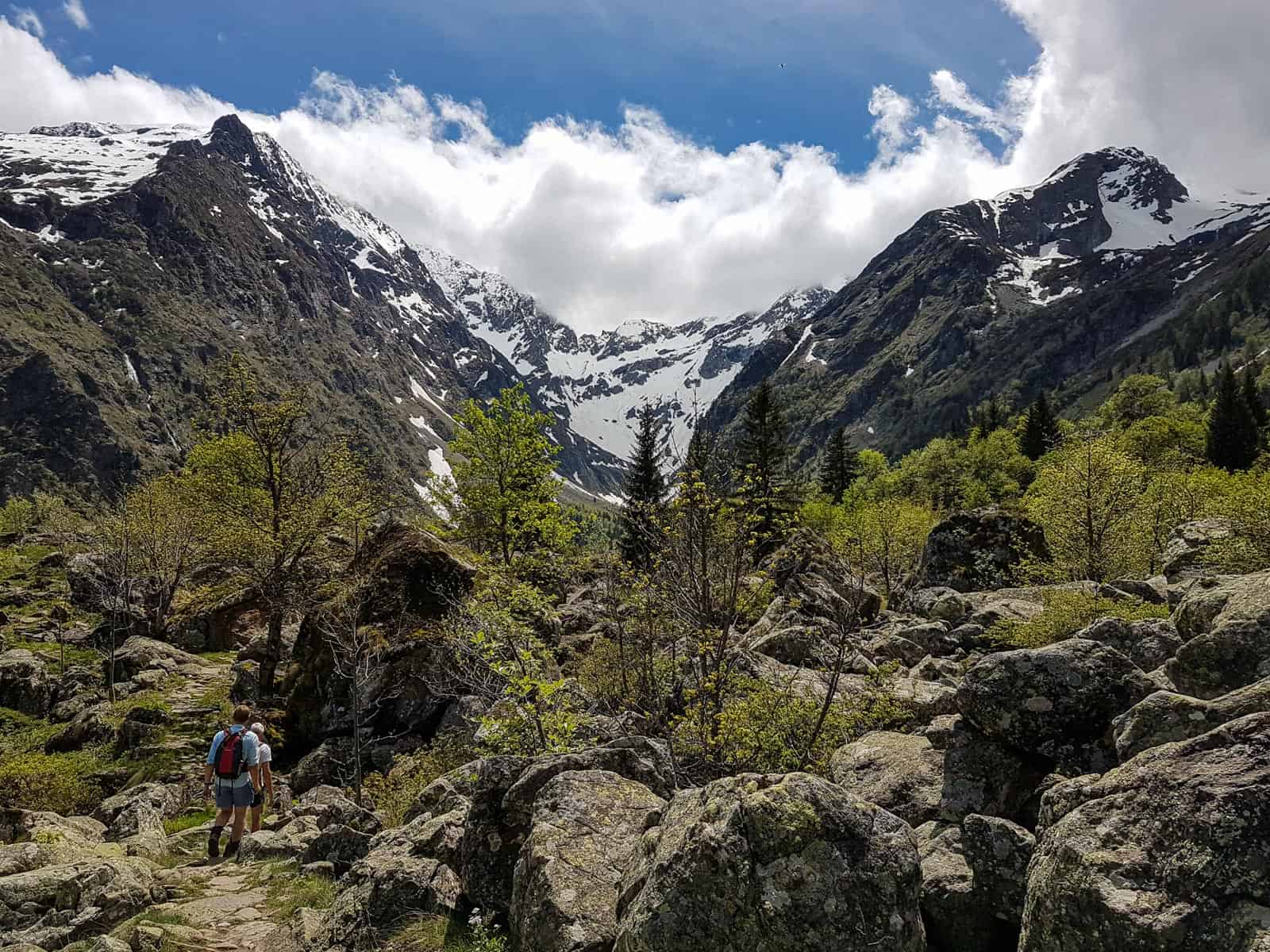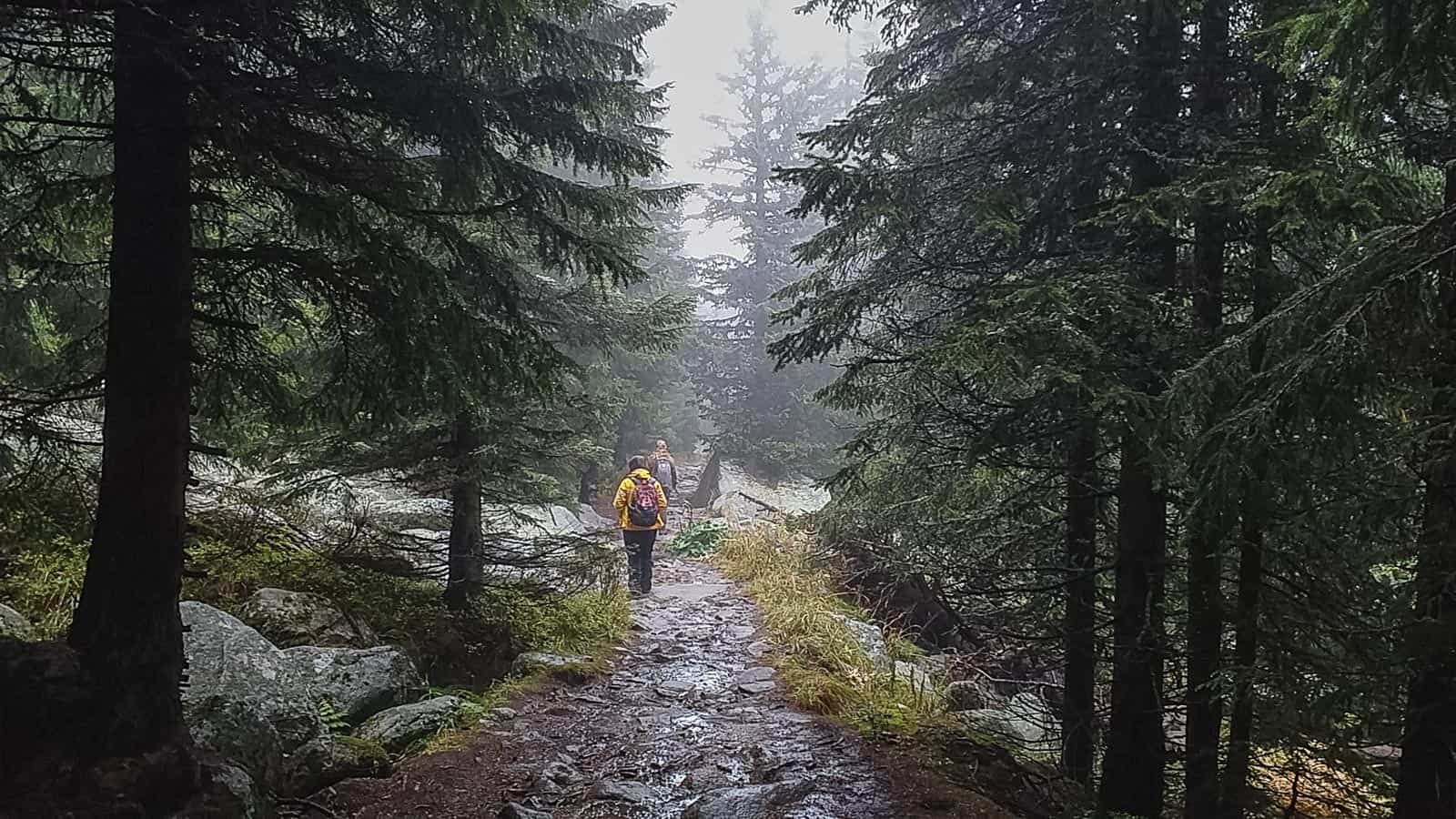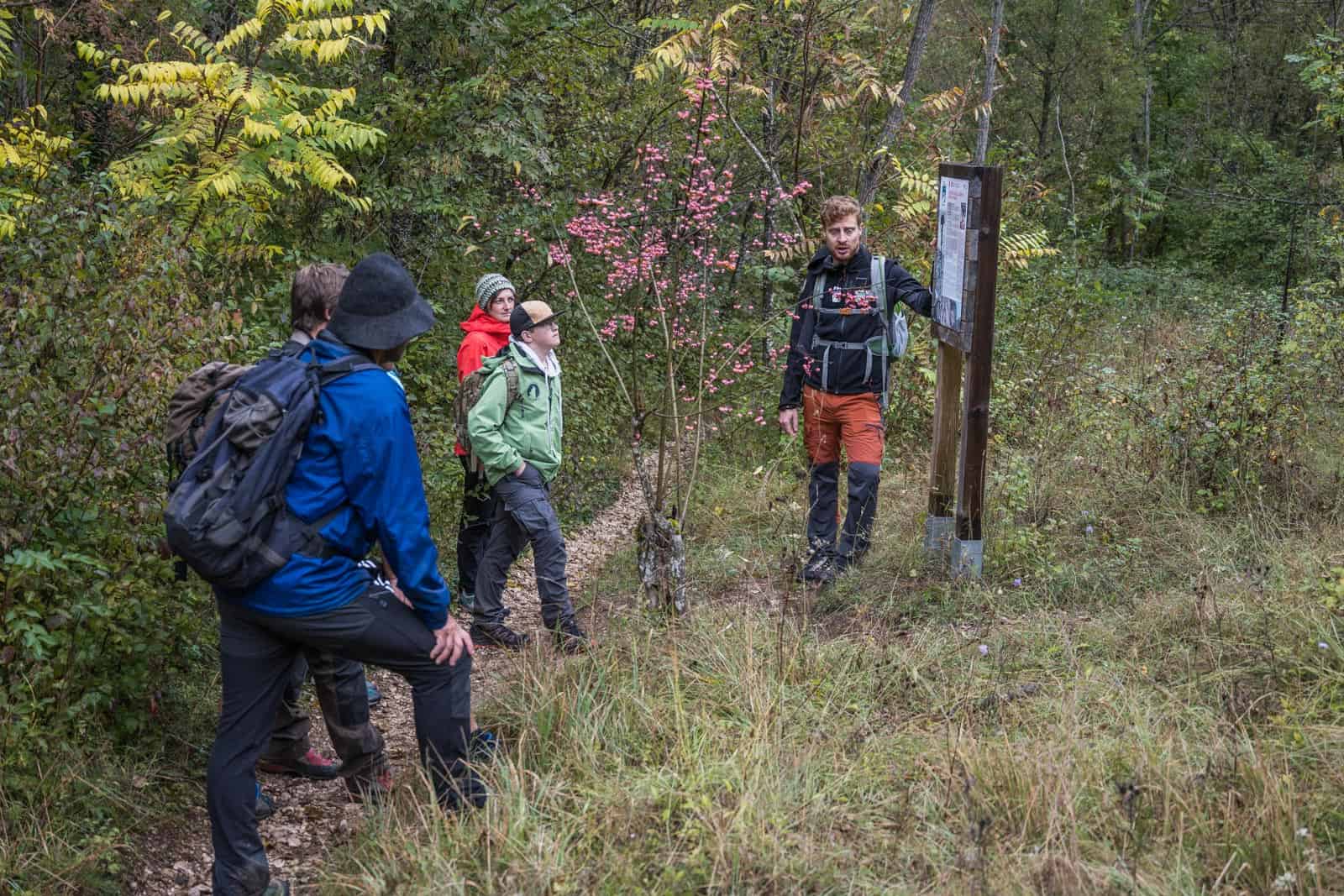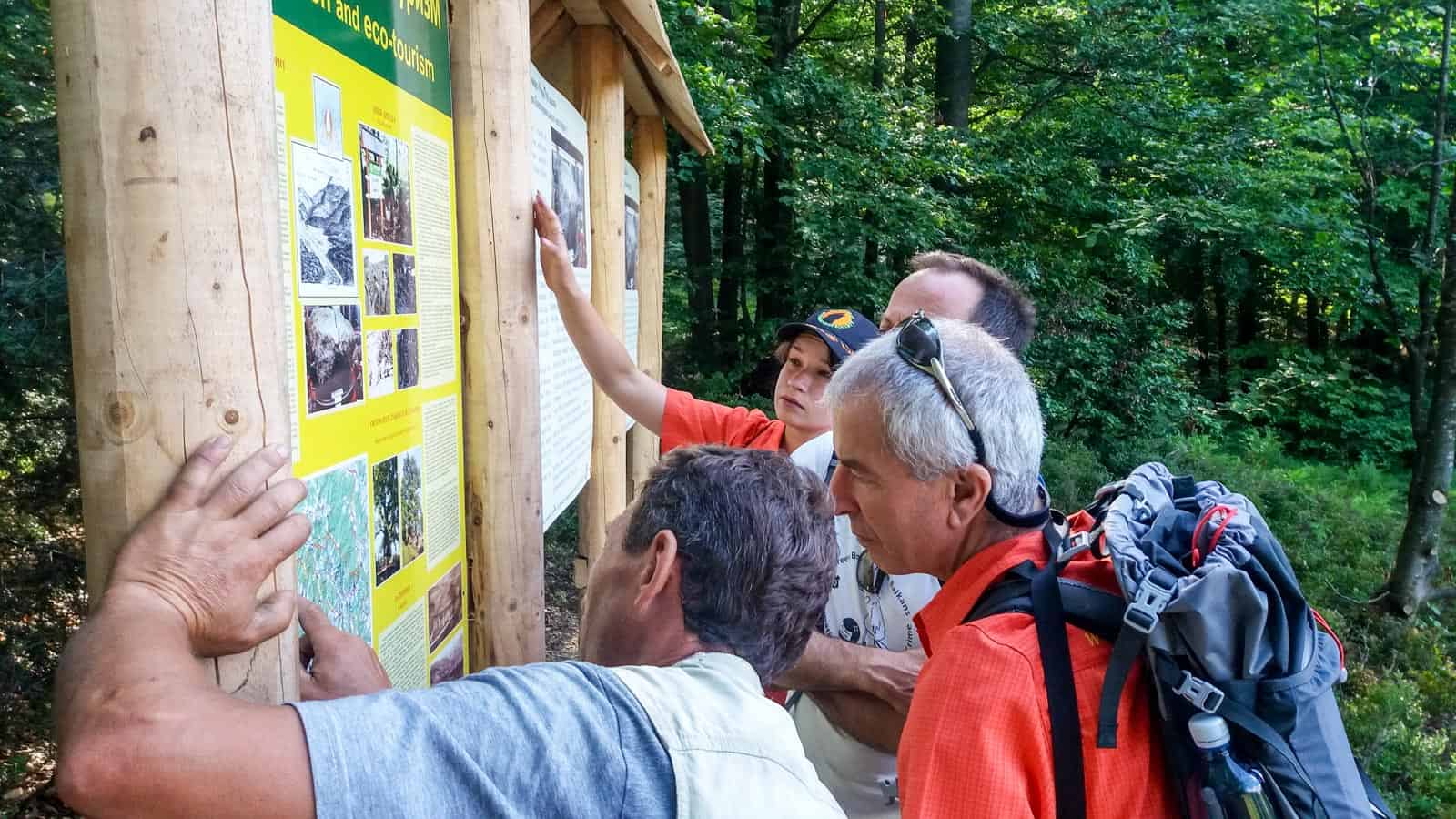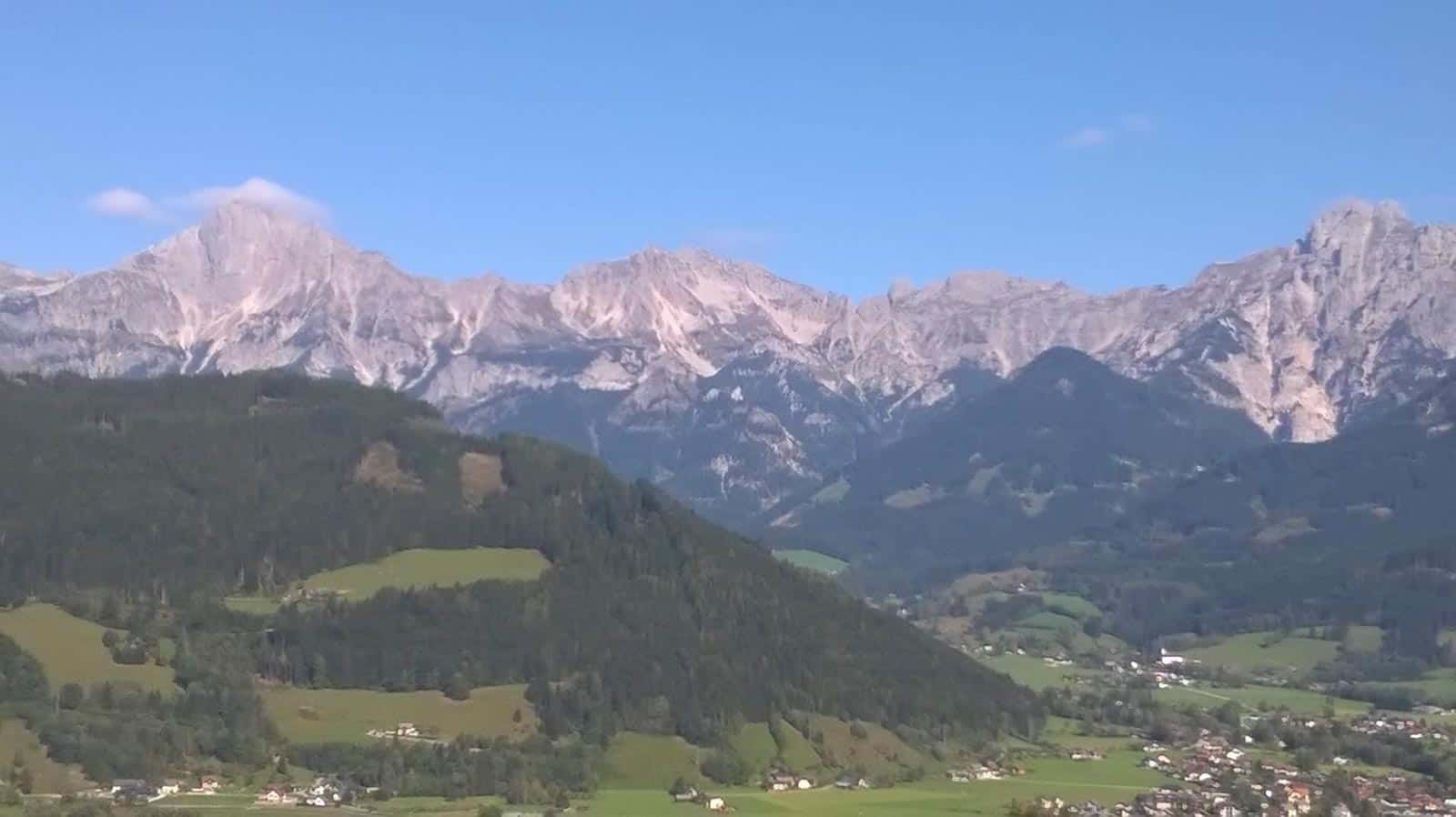How to avoid being lost in Wilderness?
With holiday season accelerating and countries discouraging international travel, many people choose to explore their local areas. That often means going into local nature – mountains, forests or peat bogs. Exploring nature and especially Wilderness can bring many joyful moments to people of all ages – finding beautiful butterflies, dipping toes in fresh stream water or simply admiring unmodified landscapes. However, we should always keep in mind that nature can be dangerous at times, especially for people who come unprepared.
One of the many risks, that does not seem as dangerous at first, is that people lose their way in the wild. Great Smoky Mountains National Park has analyzed 100 news reports, in which people tell their stories about how they lost their way in the wild. It presents most frequent reasons on why people get lost in the wild and gives advice from a professional survival instructor on what you should do if you get lost. Hopefully this information will help you plan your next hike!
Please also read: Human rescue operations in the Wilderness
Why do people get lost in the wild?
According to the study done by Great Smoky Mountains National Park, the most common reason of people losing their way in the wild is wandering of a trail (41% of the cases). Few other common reasons are bad weather (17%) and people accidentally falling of trail (16%). Others include separation from the group (8%), injury (7%), darkness (6%), loss or failure of equipment (5%) and others (1%).
One mistake people make is thinking nothing can go wrong.

How to avoid getting lost?
Of course, you should be avoiding all of these mistakes to stay safe in the wild. Our guidelines for “Respect Nature” provides nature explorers with basic safety guidelines as well as tips on how to be friendly to nature. Always stay on the marked path, and if it is unclear if you are walking in the right direction – turn around, check your map again or ask way fellow travelers. Check the weather forecast before traveling and prepare yourself for all kinds of weather. If you are traveling in a group, before the trip decide who goes first and who goes last; never leave single person in the back! It is also a good and fun idea to come up with a “group sound” – if you notice that somebody is further behind, transfer your group sound from person to person up to the very front so that everybody stops and waits for the lagging person. Always plan your hikes in advance, gather information about route’s duration and difficulty – in that way you will be able to settle for the night before sunset.
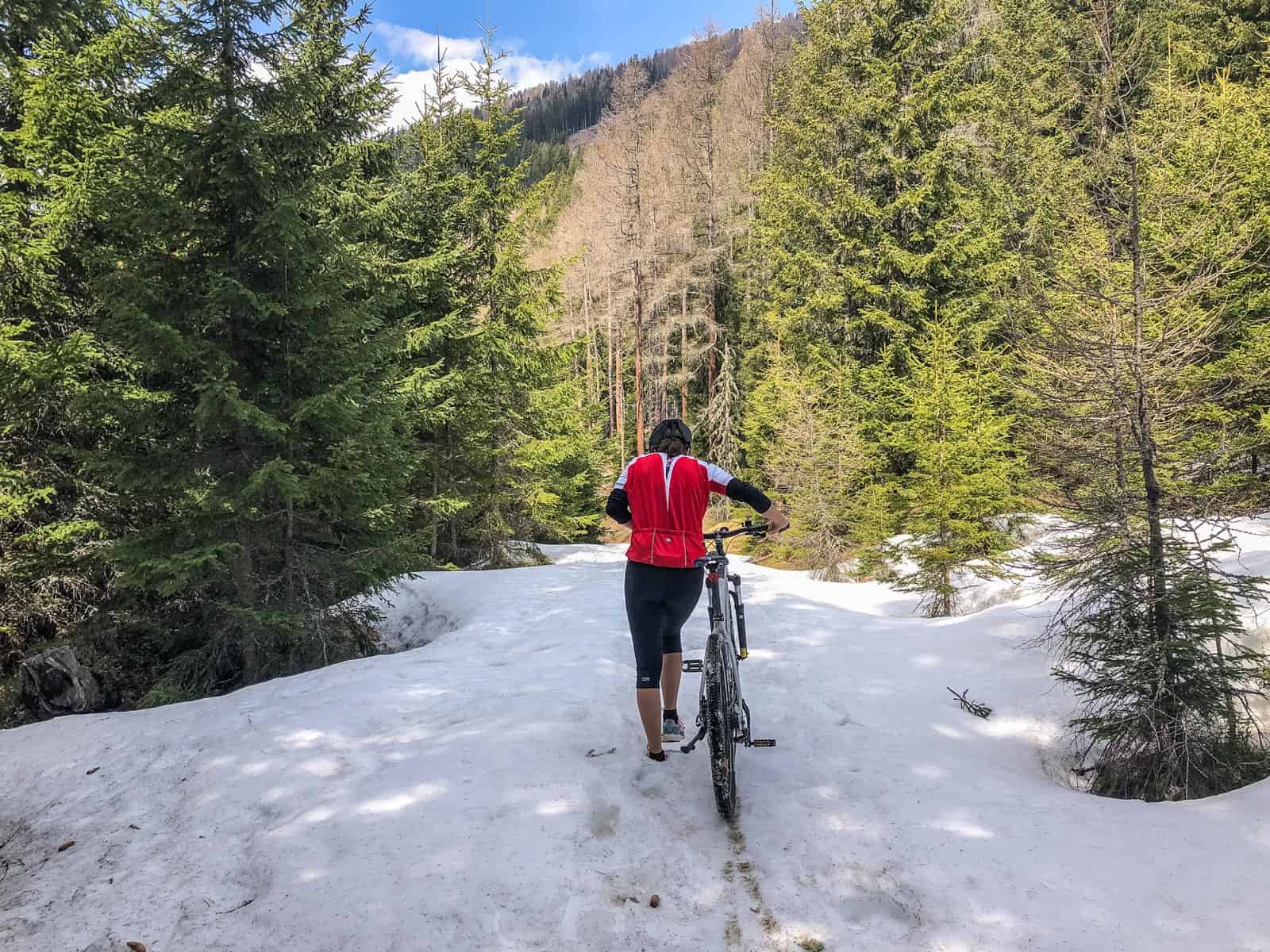
What to do if you get lost?
However, sometimes accidents happen and all of your precious plans fall through. What to do if you realize you are stranded in the wild with no hope to reach out for civilization? Firstly – don’t panic! It will not do any good to you. You should remember acronym STOP – Stay calm, Think, Observe, Plan. Next steps for a rescue may vary depending on terrain, habitats and the part of the world that you are in. But four essentials will always stay the same: stay warm and dry, find drinking water, avoid injury and make yourself visible for rescuers.
Below are advise from Andrew Herrington – survival instructor, search and rescue team leader and Wildlife Ranger in the Great Smoky Mountain National Park.
Be prepared
- Carry the Ten Essentials with you – navigation gear, sun protection, insulation, illumination, first-aid supplies, fire making supplies, repair kit and tools, food, water and water treatment supplies, emergency shelter.
- Let other people know where you are going and arrange check in times with them. If they don’t hear from you at the agreed time – they will know you are in trouble and initiate your rescue operation.
- Study your maps before the trip and identify a “bailout” direction. This means, find a route on the map that will bring you to a road or town in shortest time.
- Check the weather forecast and prepare yourself for all kinds of weather – rain, cold, heat. It is also a good idea to wear many layers when hiking. If it is hot you can take everything off and stay with T-shirt. If it becomes colder, put on long sleeve T-shirt and when it gets very cold in the evening you can put sweater on and a jacket.
- Always use high quality clothing – things that don’t absorb sweat as much, dry quickly, are warm and light.
- Practice shelter building at home – it can be a fun family weekend activity!
- Store at least a few maps in different places. For example, in case your GPS battery dies, the wind blows you off a cliff or a map becomes unreadable due to rain.
- Practice fire making (another fun family activity for some evening smores) and carry the gear for it.
- Look into Personal Locator Beacons and Satellite Messengers for cutting edge signaling options.
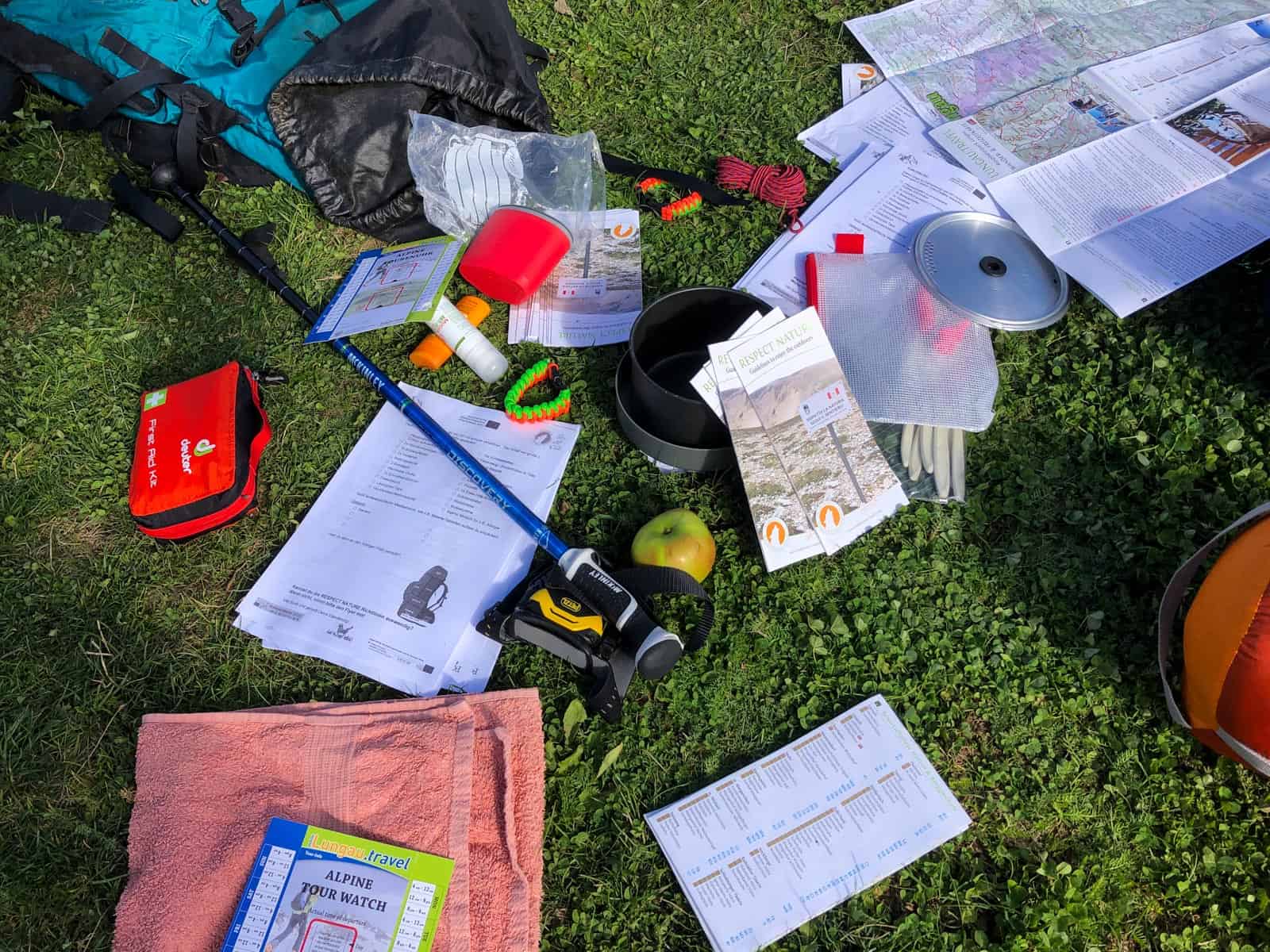
Avoid getting lost
- Stay on trails if you are not an experienced navigator.
- If you decide to go off trail, identify a “bailout” direction before you leave.
- As you go, try to identify features on the ground and find them on the map. In this way, you will always be able to tell where you are on the map and see if you are walking wrong way.
- If you are unsure of your location, go back to the point where you knew where you are. If needed, go back the whole way to the starting point!
- On your way, leave markers – breaking branches in the direction you’re travelling, leaving piles of rocks etc. This will help in case you decide to go back or other people will follow your way to find you.

Warmth
- Dress in layers and adjust them depending on your temperature – this way you will not sweat into your clothes and make them damp. Dampness “attracts” cold very quickly!
- Warm up with sugary foods, exercise or a fire.
- Snuggling up to other people/animals also helps to stay warm at night!
Shelter
- Use your tarp, bivy pad, puffy jacket and quilt to create a warm shelter.
- Keep a 55 gallon trash bag in your pocket – this can serve as water repellent and shelter building material.
- Build a bed out of leaves, grass, pine needles or pine branches at least eight inches thick. You may want to make it even thicker if the earth is moist or if there is a snow layer.
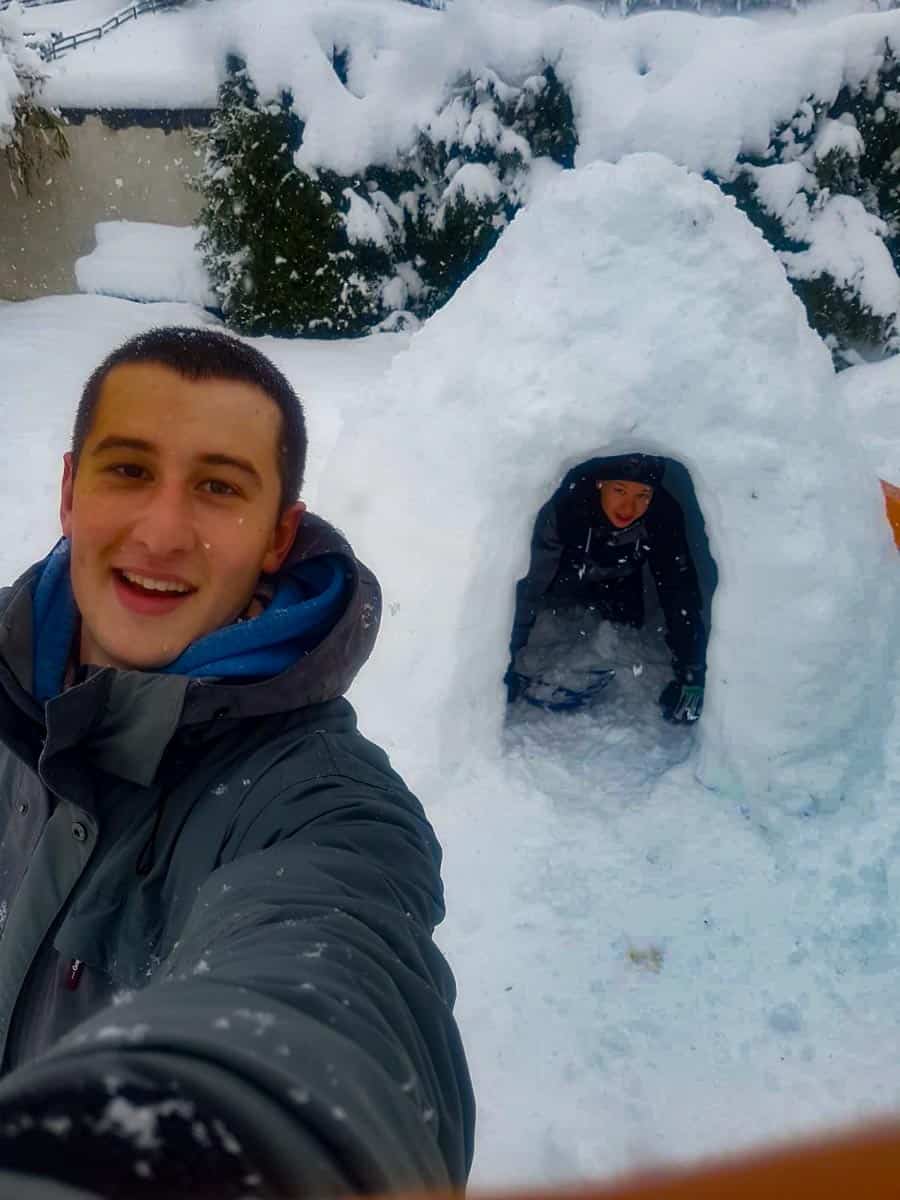
Water
- Purify water that you find in the wild. Use filter, chlorine dioxide tablets or boil it for a while to get rid of bacteria.
- In the worst case scenario, just drink the water – preferably running water. People will probably rescue you soon, and danger of dehydration is a bigger risk than infection.
Food
- Pack high calorie foods like nut butter and coconut oil packs.
- If you have no food, don’t try to hunt trap or forage – it exposes you to potential injury and burns precious calories. Don’t eat any mushrooms not berries that you are unfamiliar with – they might be poisonous!
- The average person can survive without food for over 30 days.
- Prioritize finding water, building a shelter and staying warm.
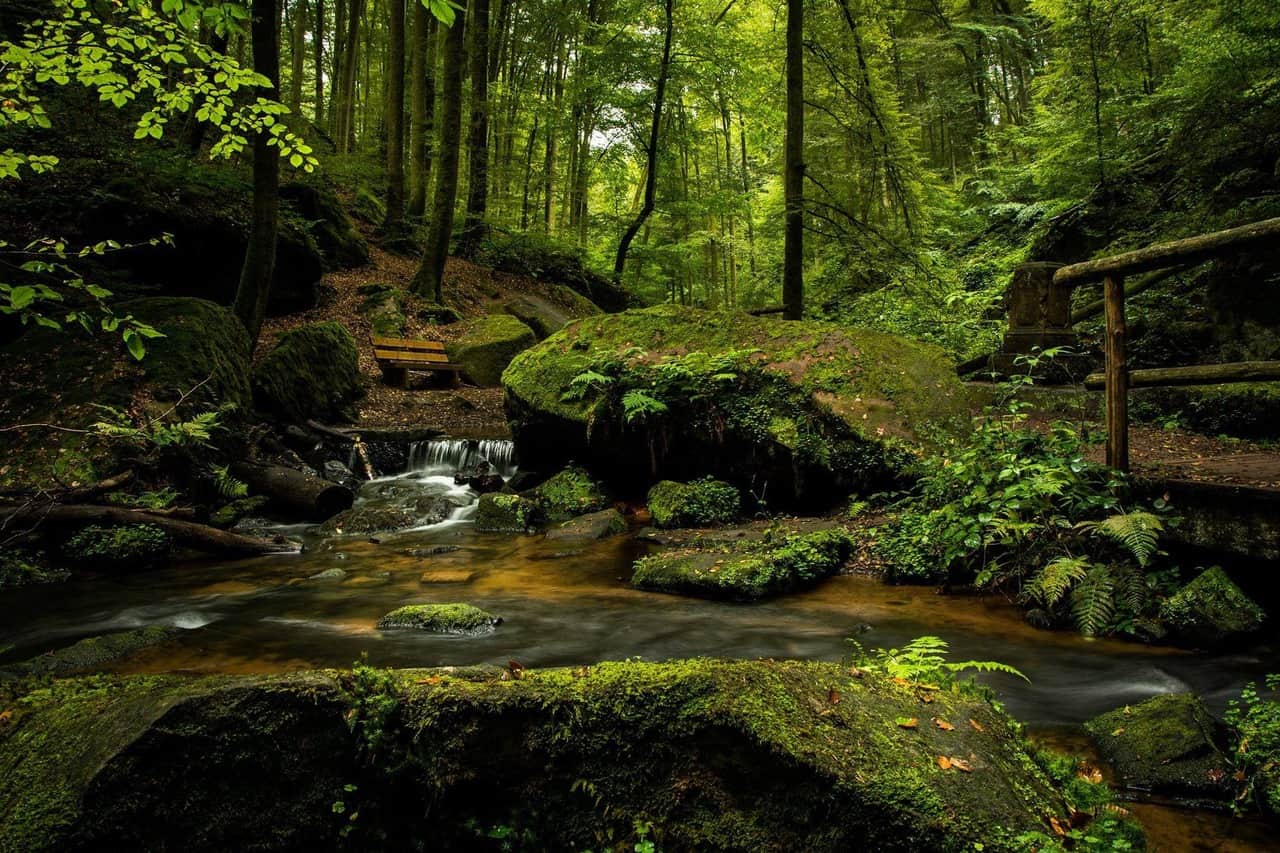
Move or stay?
- If you told somebody about your plans and they know you’re missing or if you’re stranded in a vehicle – you should stay where you are. This also applies when you are on a trail, road or near creek – stay where you are, chances are high some people will pass you soon.
- If you didn’t tell anyone where you’re going, have no way to signal or you are in dense forest – try moving to a better location.
- Try to reach open area (where a helicopter can spot you easily), higher ground (for mobile signal) or follow your planned “bailout” direction. Mark your trail as you go – rescuers might follow your path later.
- Usually, it works if you walk downhill or follow a river downstream – people tend to settle in valleys and close to water, so you’ll have higher chances to find civilization.
- If you see that the sun is setting down, it’s best to stop and search for shelter for the night – walking at night can be cold and dangerous, so make sure you have a shelter and a fire before the sunset.
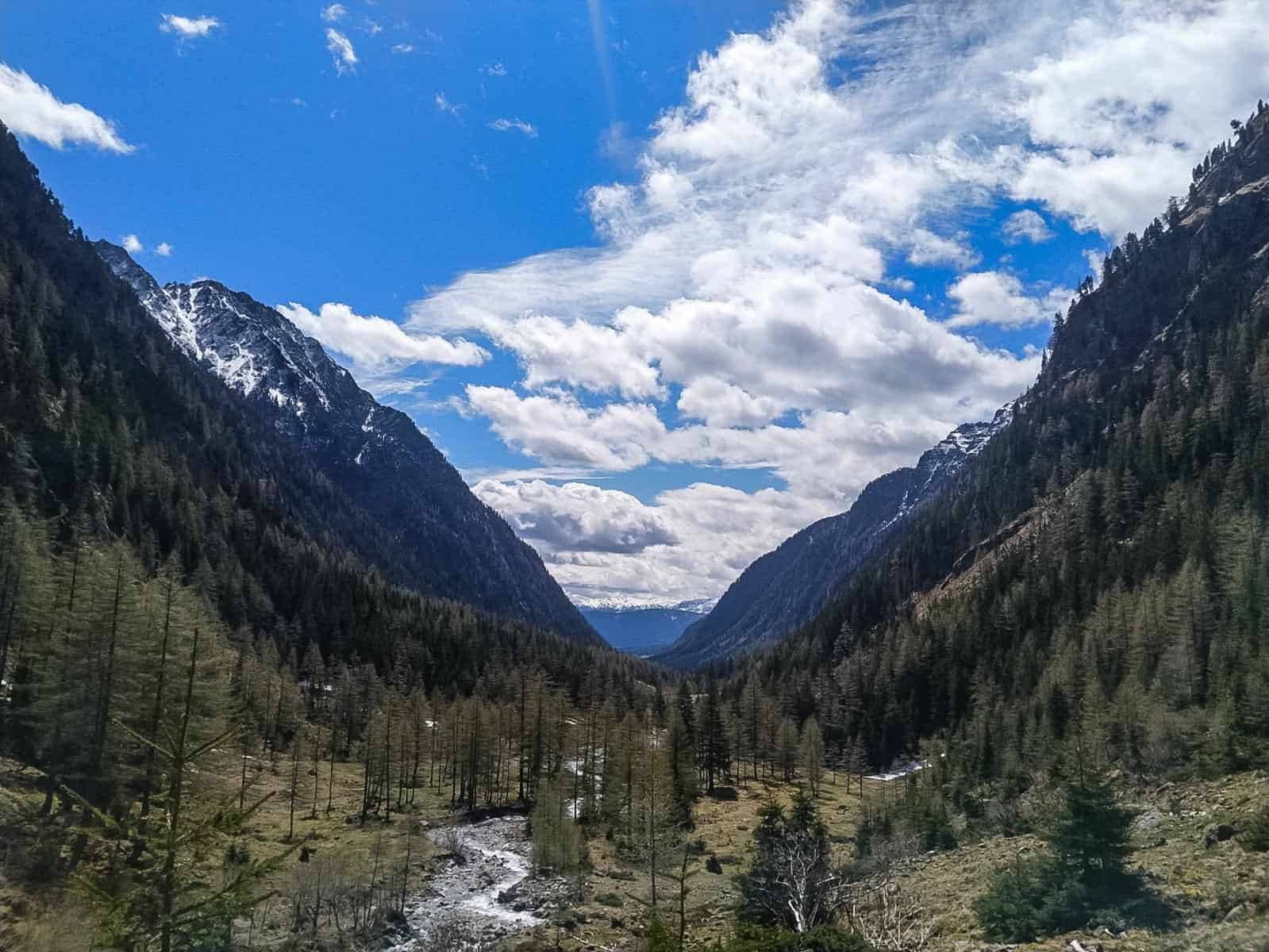
Tips for getting rescued
- Use brightly colored clothes and equipment – this allows others to spot you from far away.
- Call 911 or 112 even if you don’t have service or credit.
- Use mirror or whistle to attract attention.
- Make a fire and add green plants to create a smoke signal.
- If you hear a rescue plane or helicopter, try to move or make contrast with the surroundings – this helps them to see you.
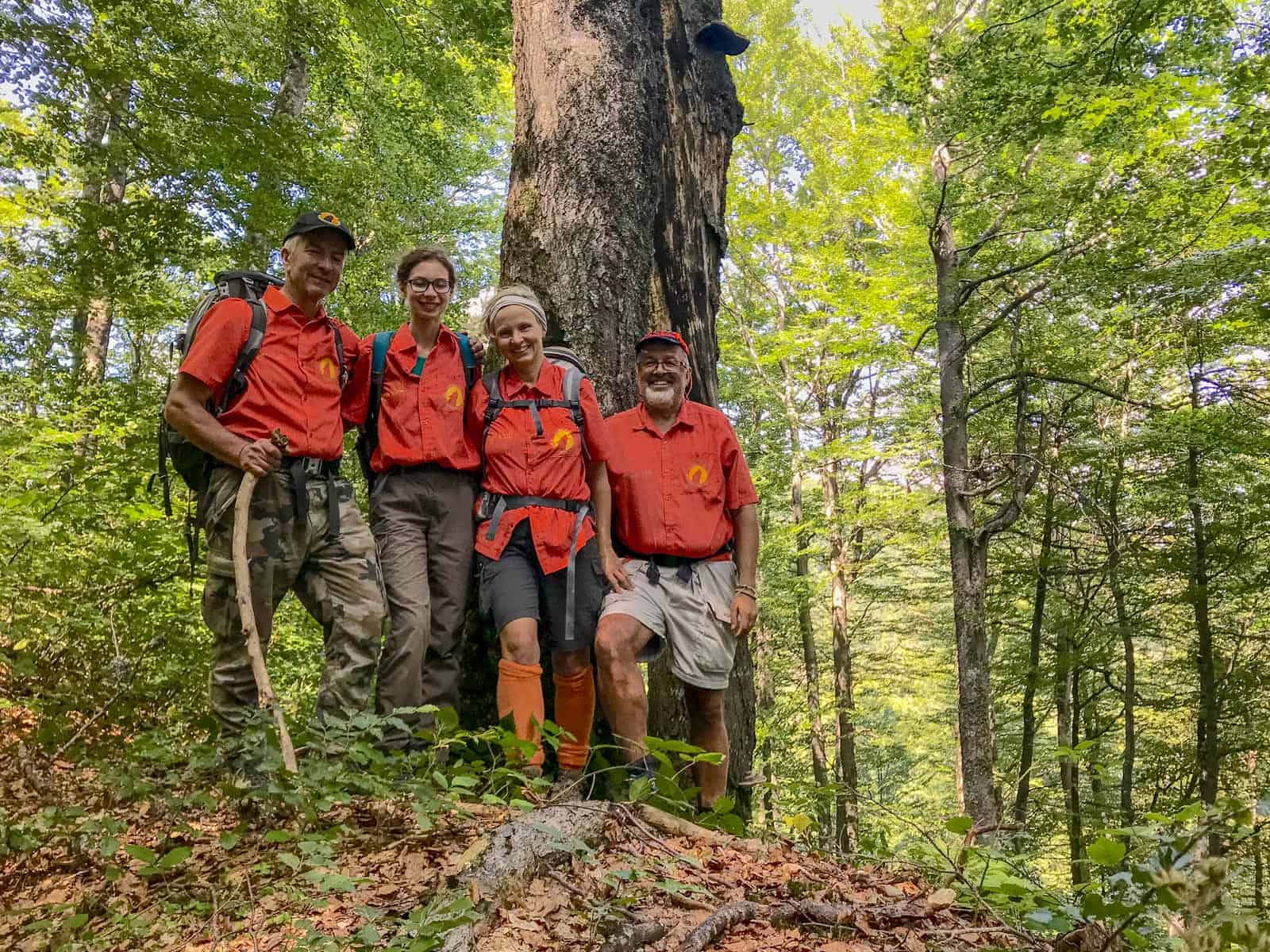
We hope that this post will encourage you to learn more about orienteering, navigation and survival in the wild. Don’t be afraid to explore Wilderness! We should rather be afraid that we did not prepare well enough. But if we know the risks and take steps to mitigate them, then even the worst horror story will have a happy end.

